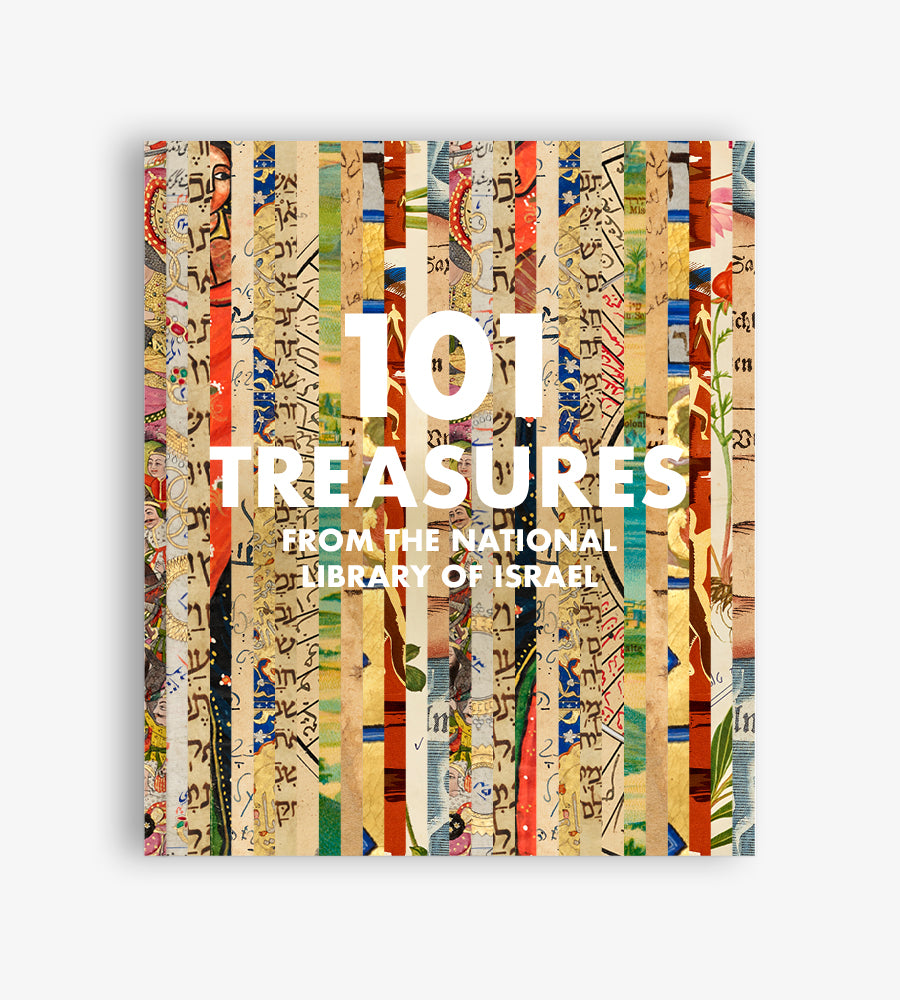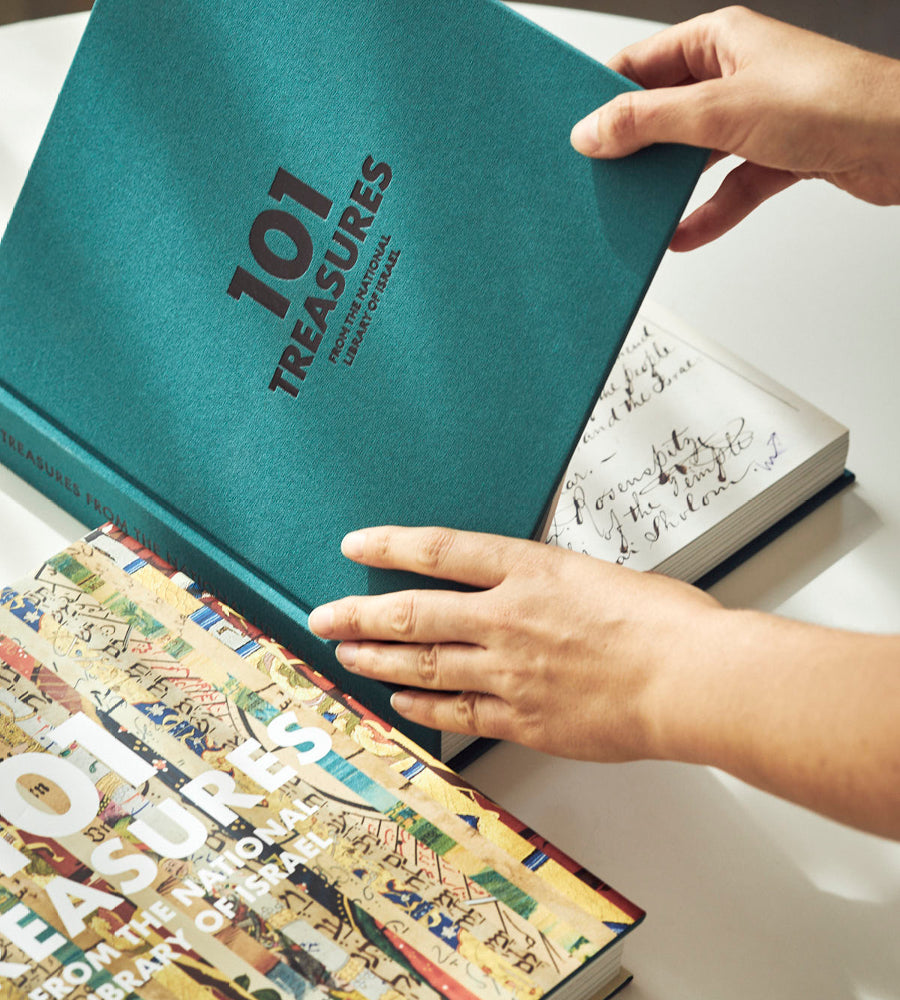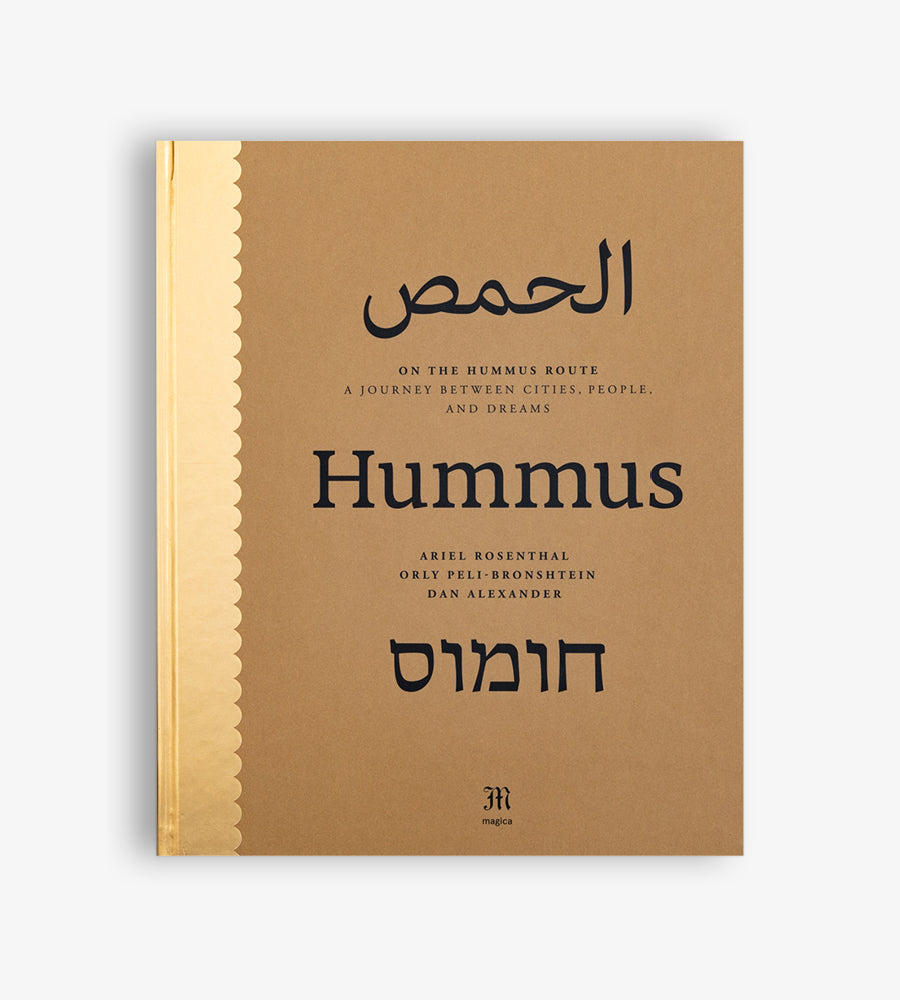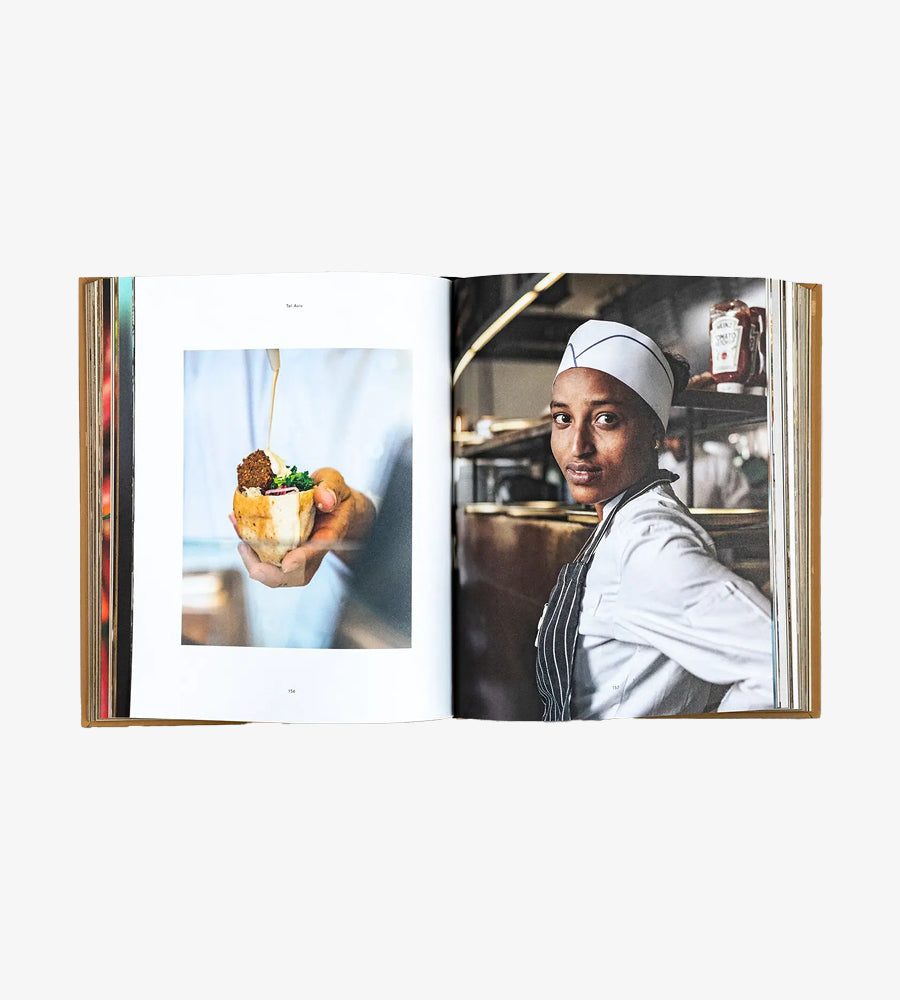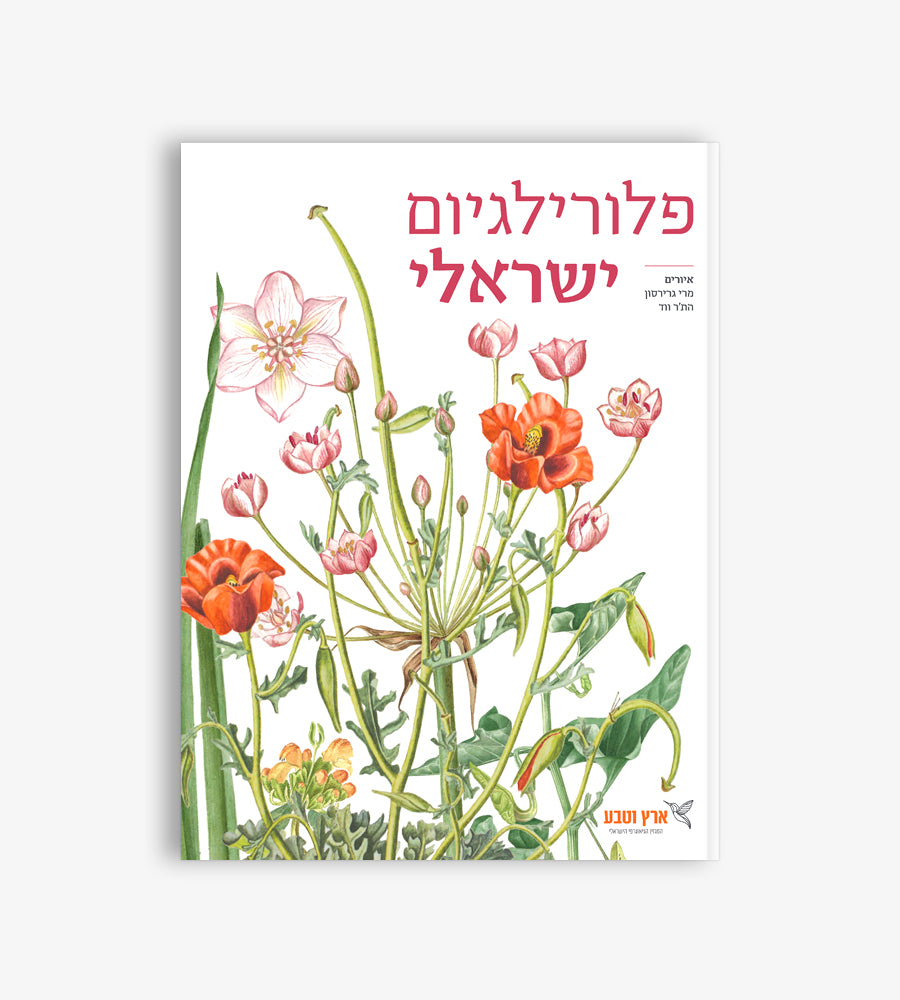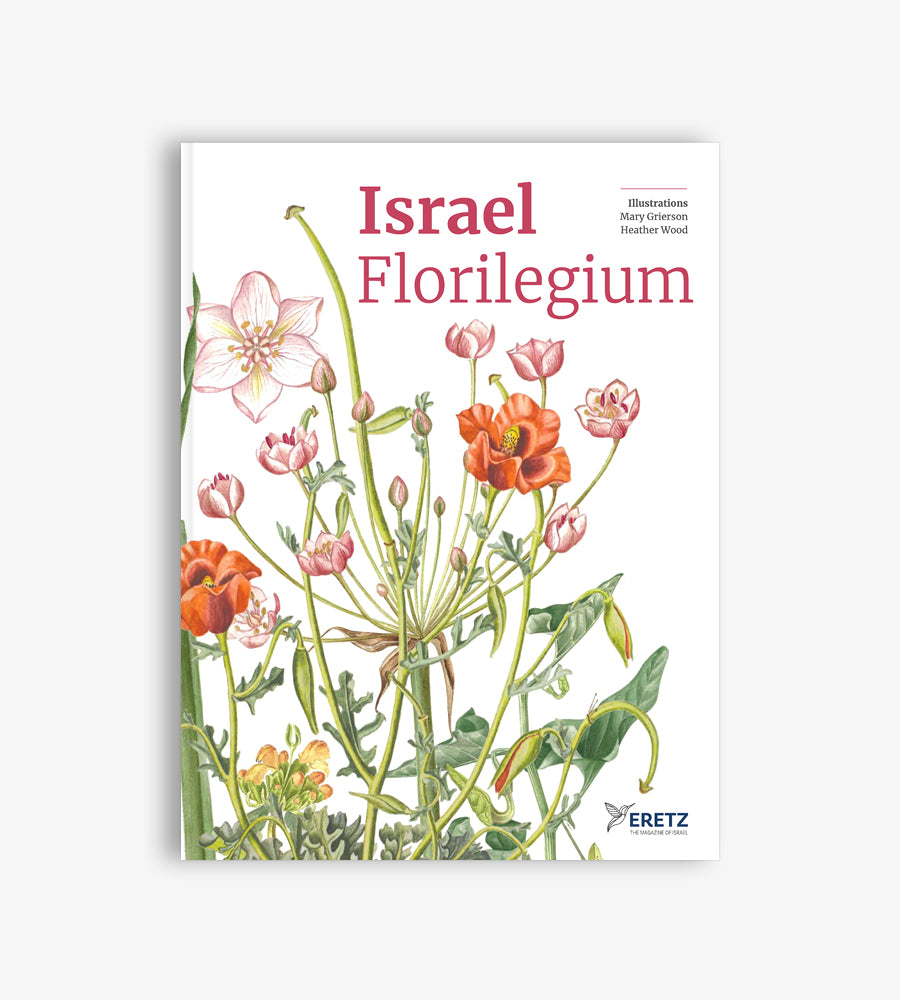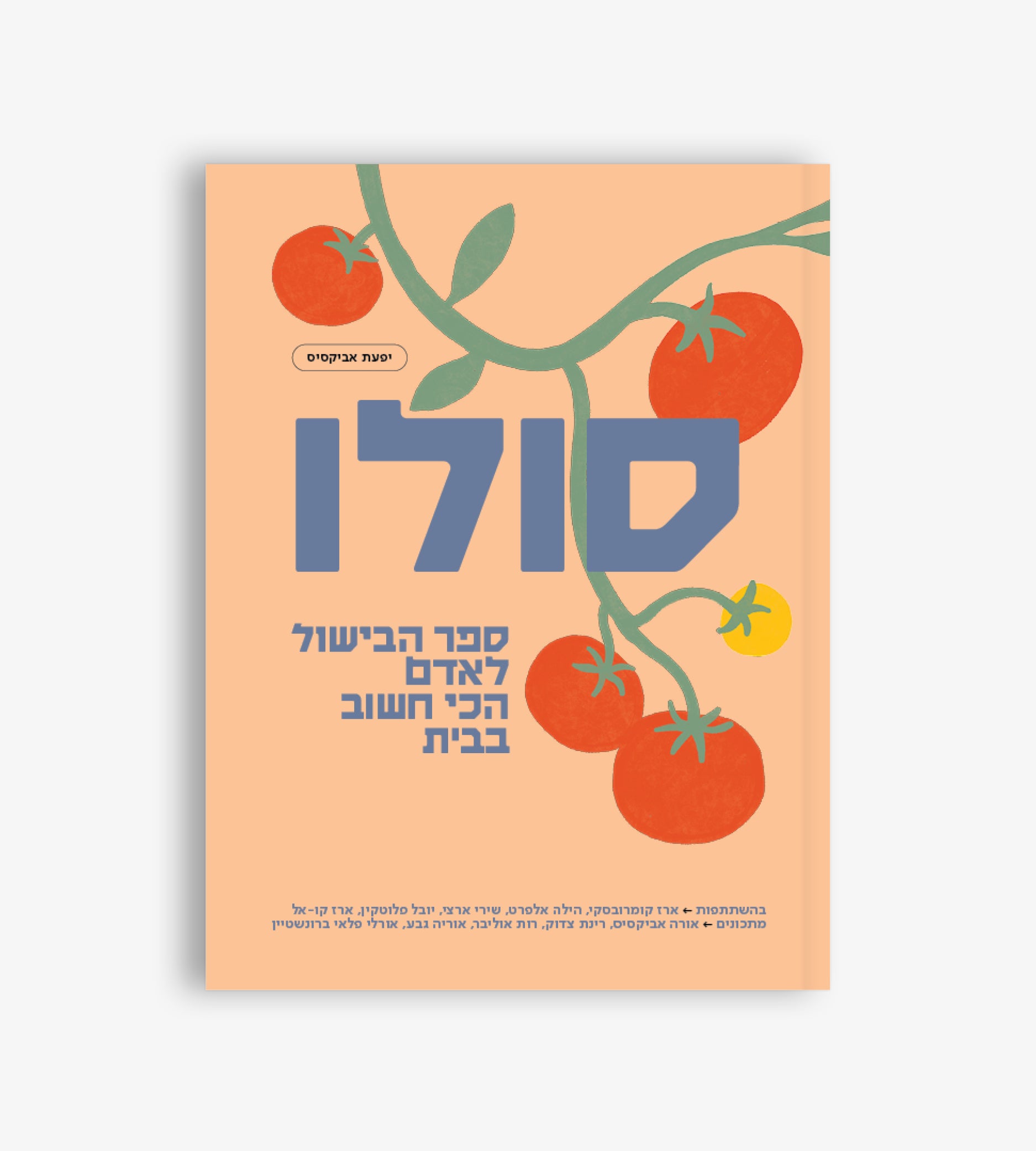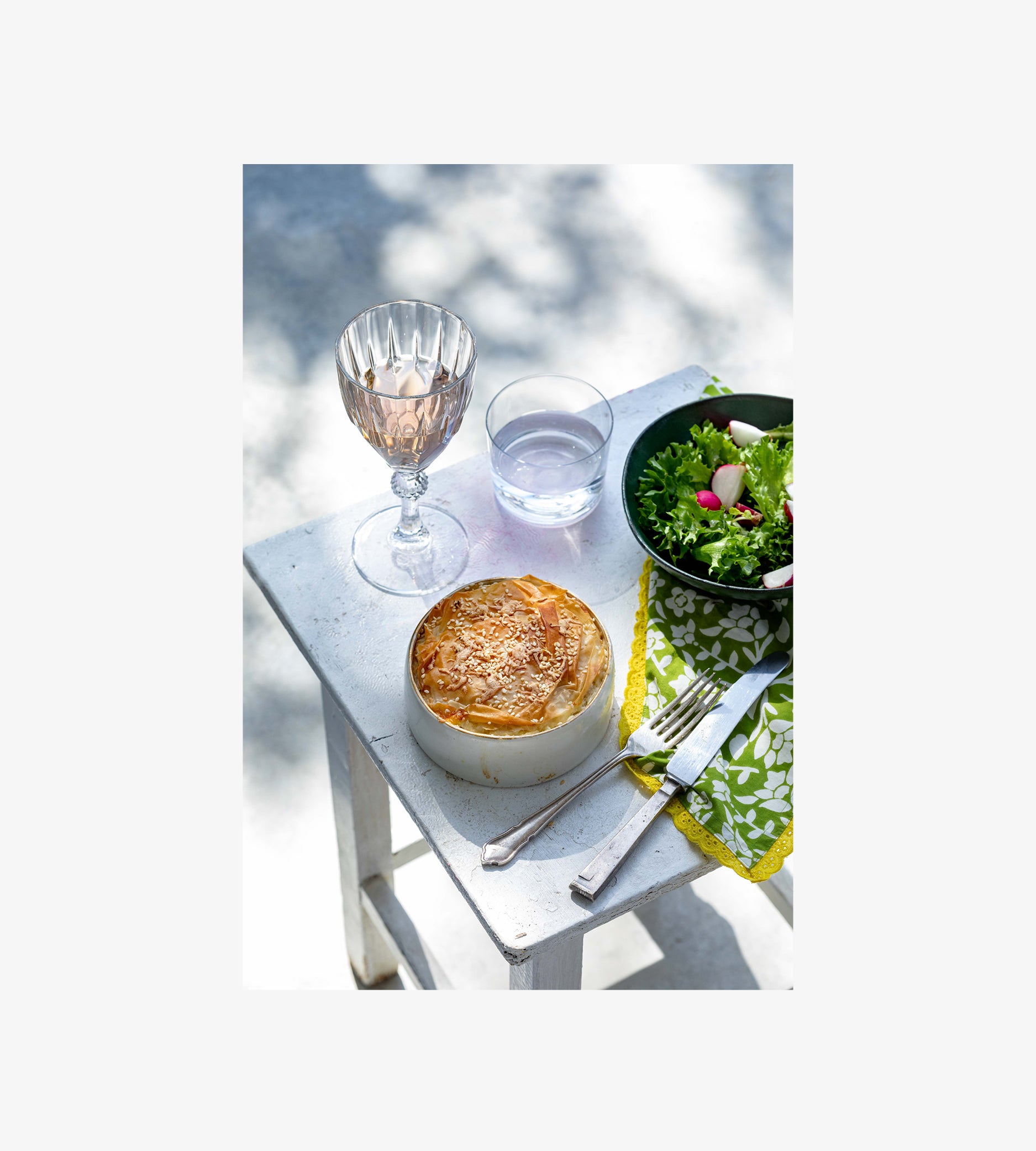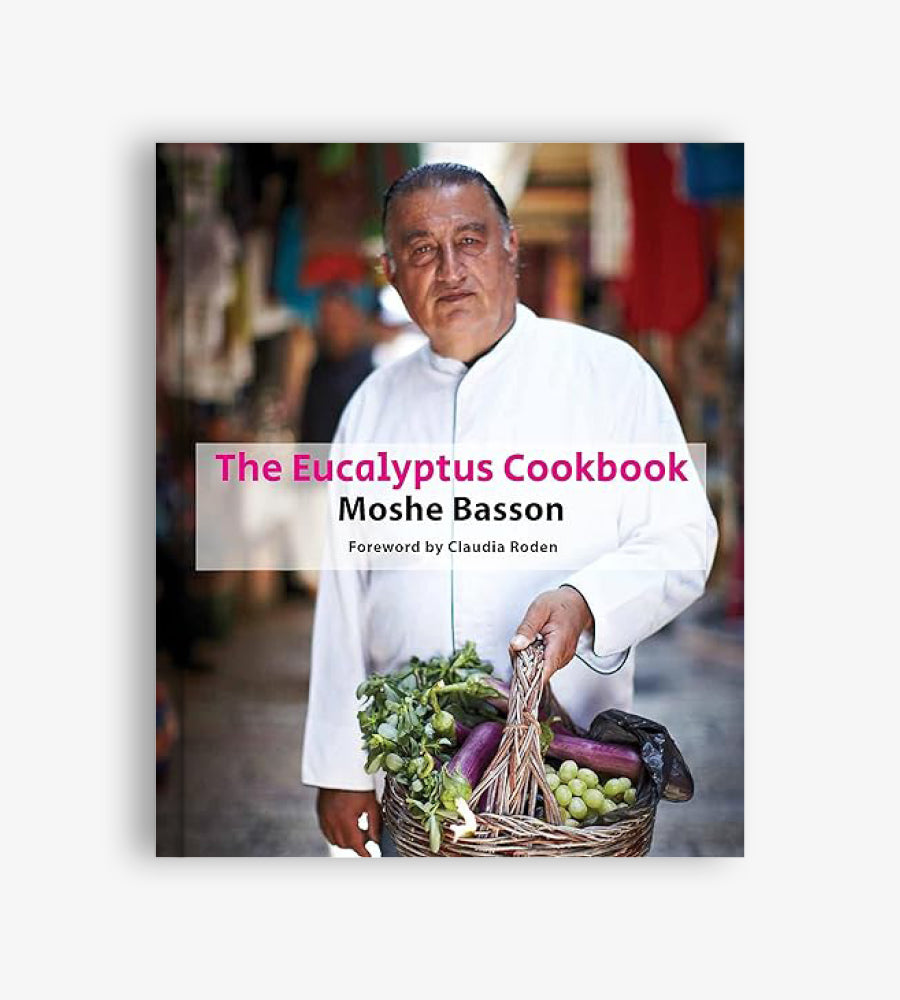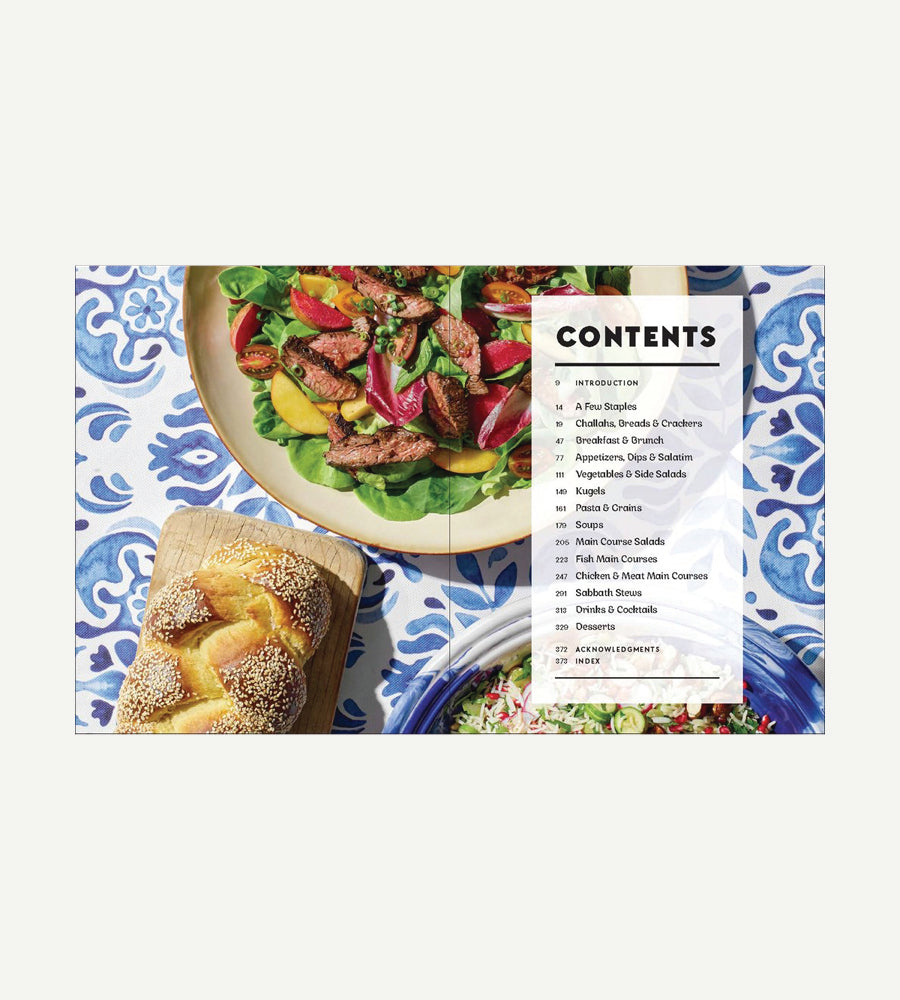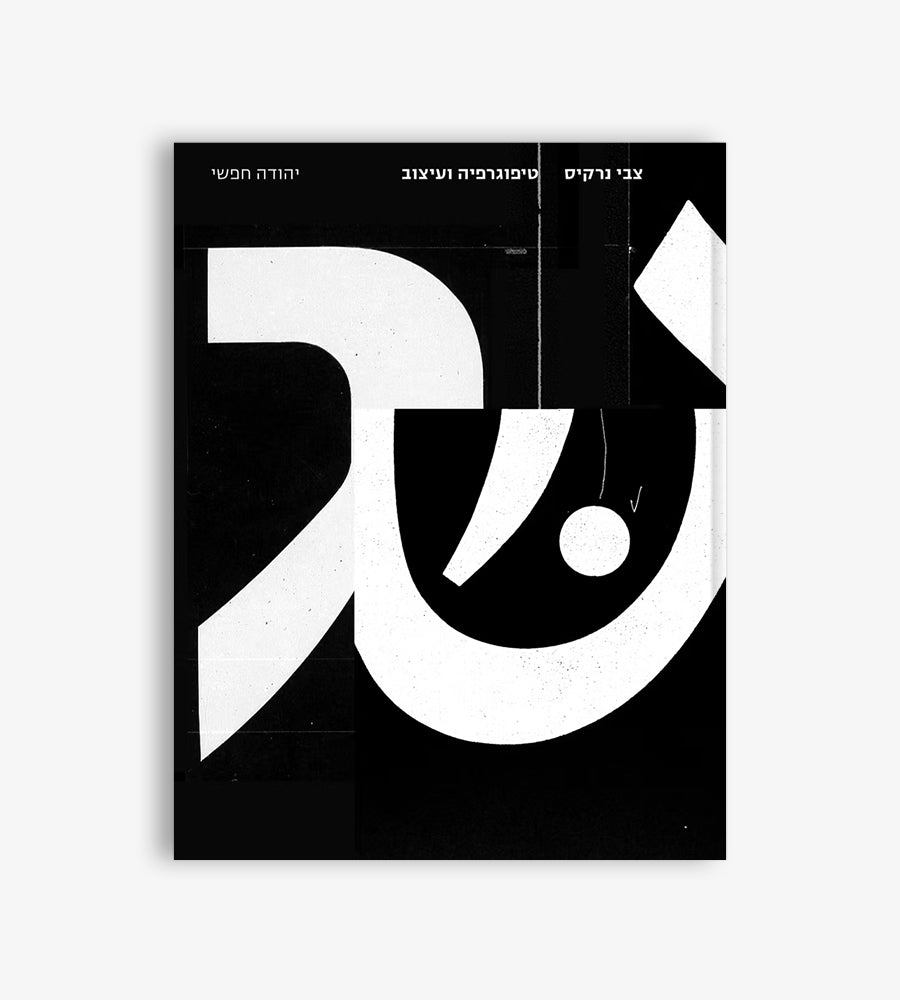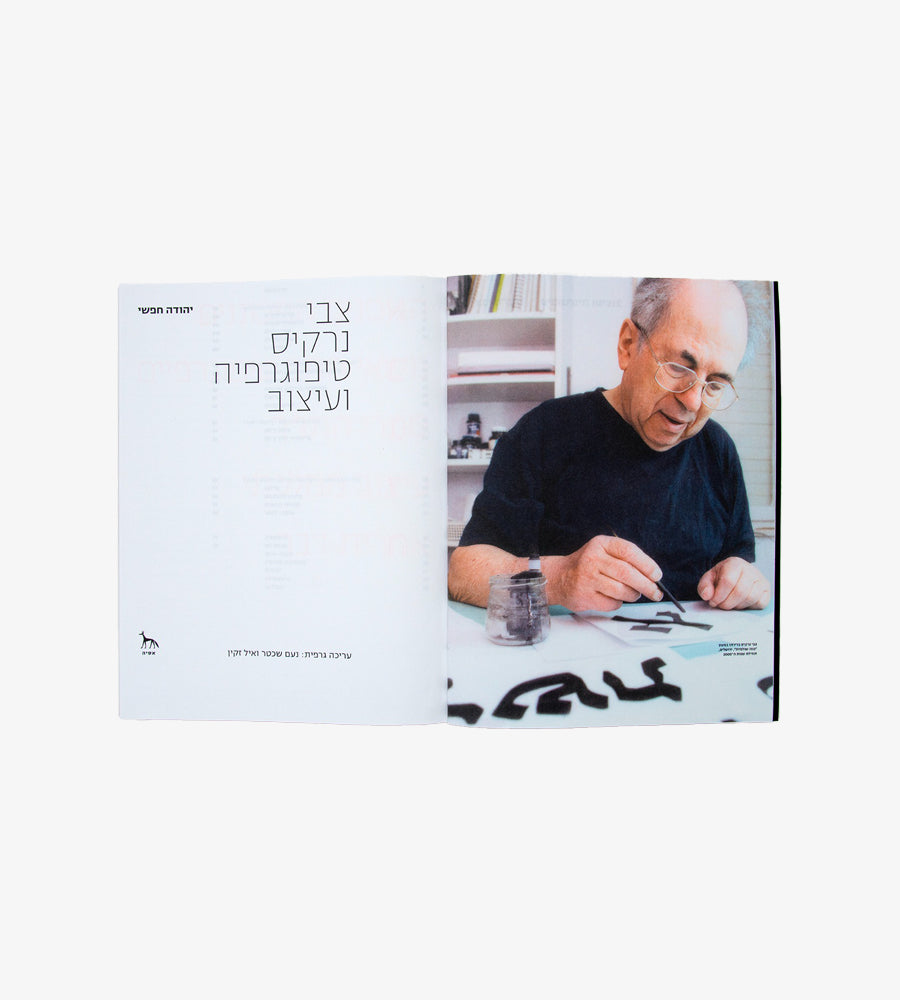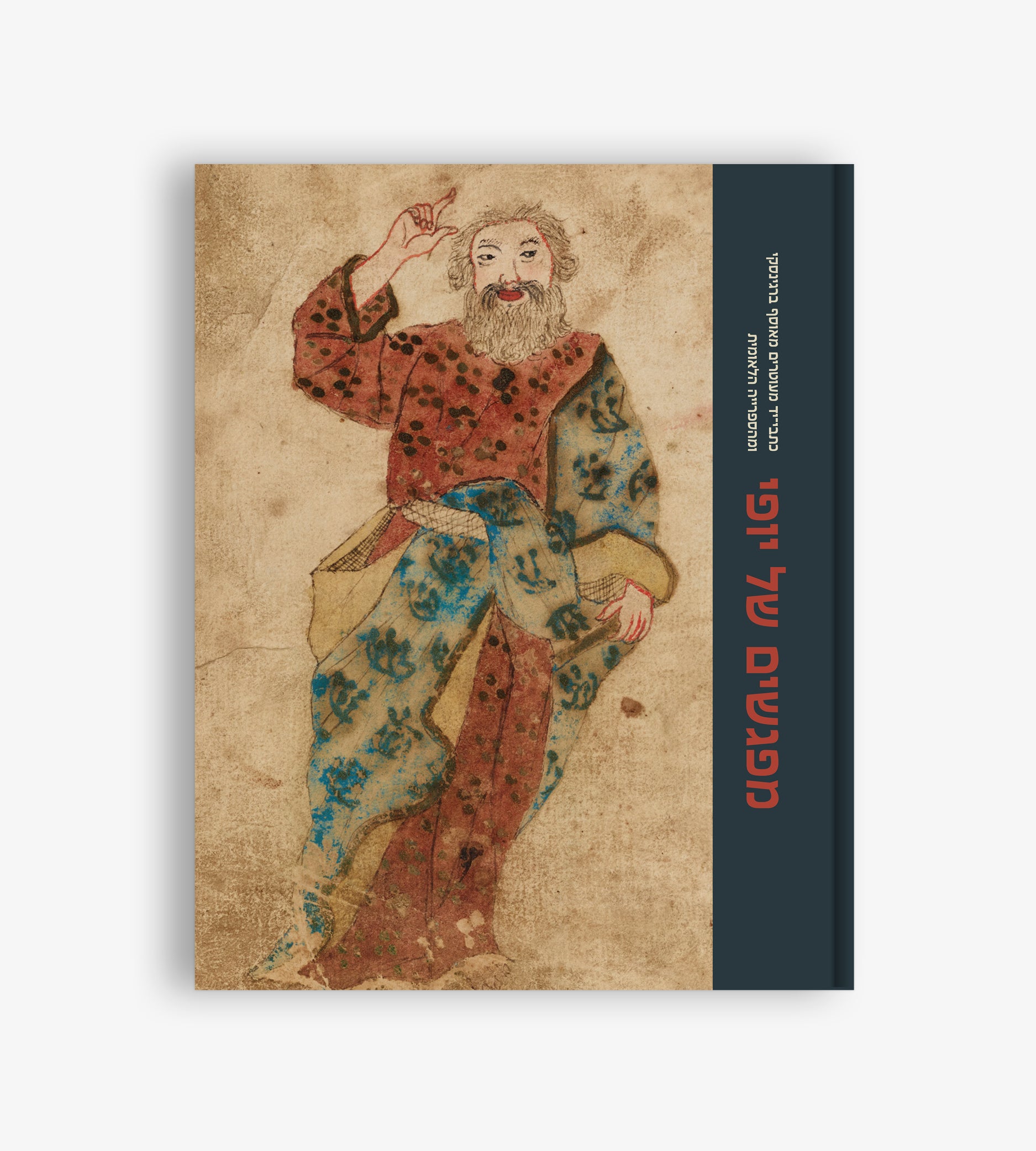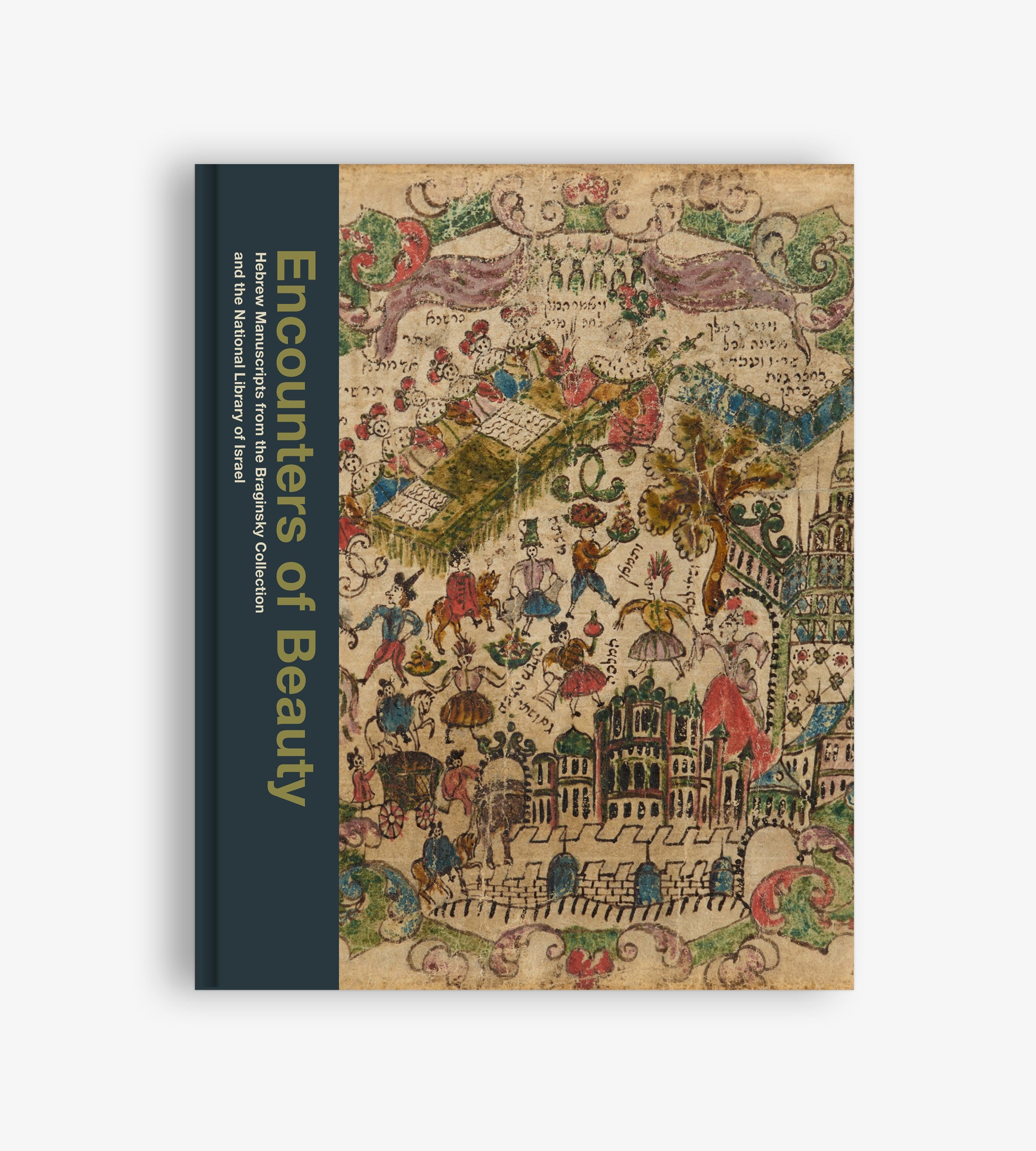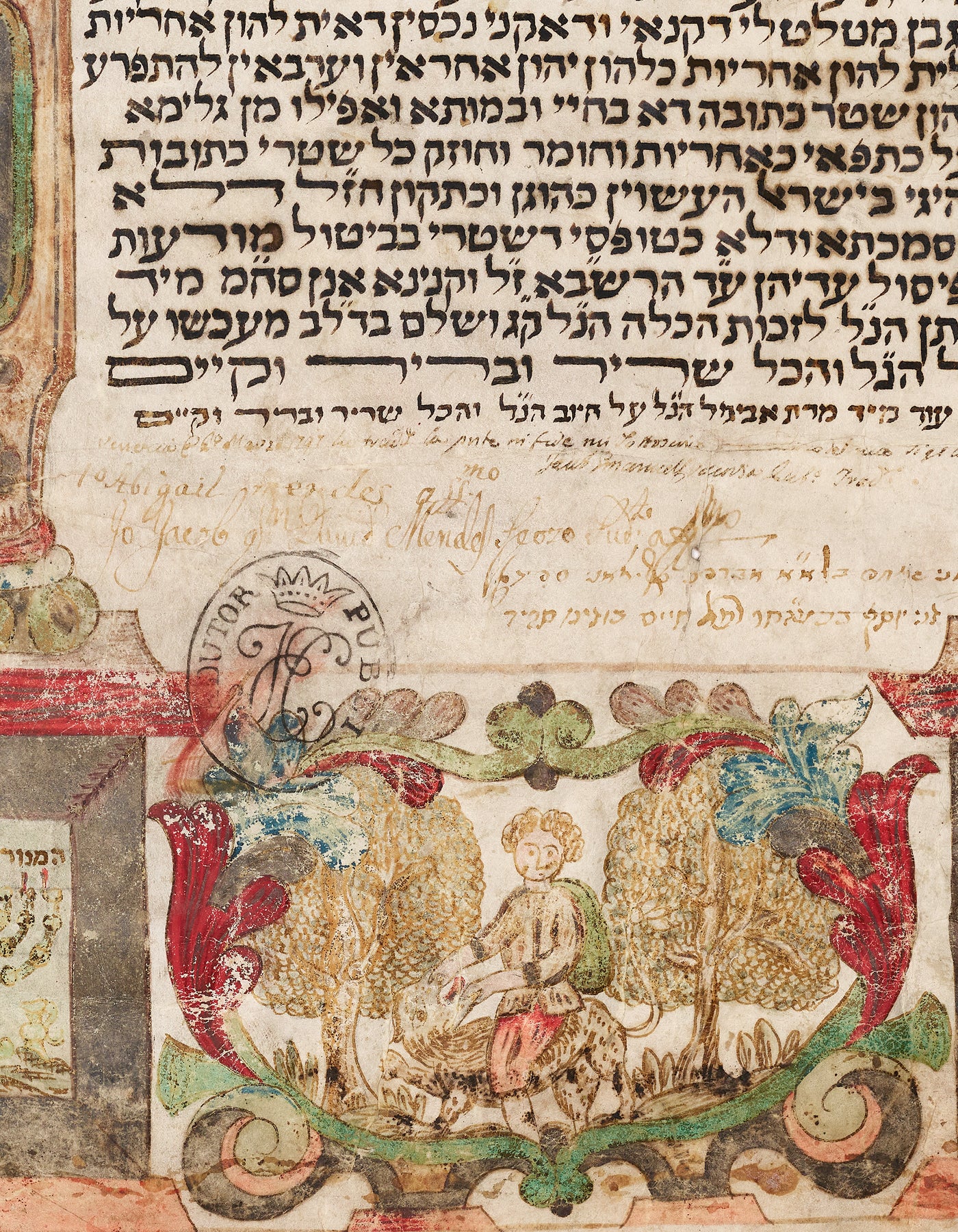
Abigail Marries Off Her Son
Yacov Fuchs

Sometimes it is hard to tell the difference between a work of art and a dry legal document. A ketubah is a formal, contractual agreement detailing the mutual obligations of a newly married couple. Since it symbolizes the union between two individuals, more effort is often invested in its design and decoration than in other legal documents. Historically, the design of the ketubah has been influenced by the art of the local culture, and each community has its own style of ornamentation.
This ketubah was prepared in the Sephardi community of Venice in 1750 during the Hebrew month of Elul for a groom named Yaakov ben David from the Mendes family and a bride named Esther, the daughter of Moshe Cardozo. Surprisingly, the groom’s mother, Abigail, is also a signatory on the ketubah. The groom’s father was deceased, and we can speculate that the groom was not yet financially independent. His mother, then, served as a guarantor that her son would fulfill his marital obligations.
The elaborate decorations on this ketubah attest to the social and economic status of the two families. It is written on parchment, with the text appearing inside two illustrated gates. The right gate contains the traditional language of the ketubah, while the left gate contains five conditions that were customarily added to marital agreements in the Venetian Sephardi community.
This ketubah features diverse illustrations, including flowers and birds evoking the Garden of Eden, a painting of Jerusalem with the Temple at its center, the Temple vessels, and medallions depicting the twelve zodiac signs. There are also two biblical images: one of Jonah being spewed out of the mouth of the fish and one of Samson slaying the lion. At the top of the parchment are the crests of the two families, reminding us of the document’s practical function of merging two families.


